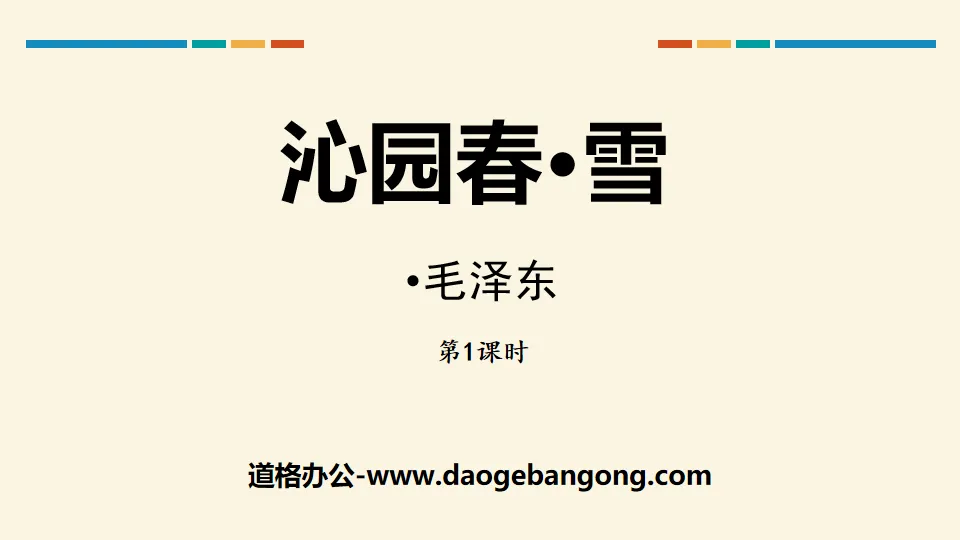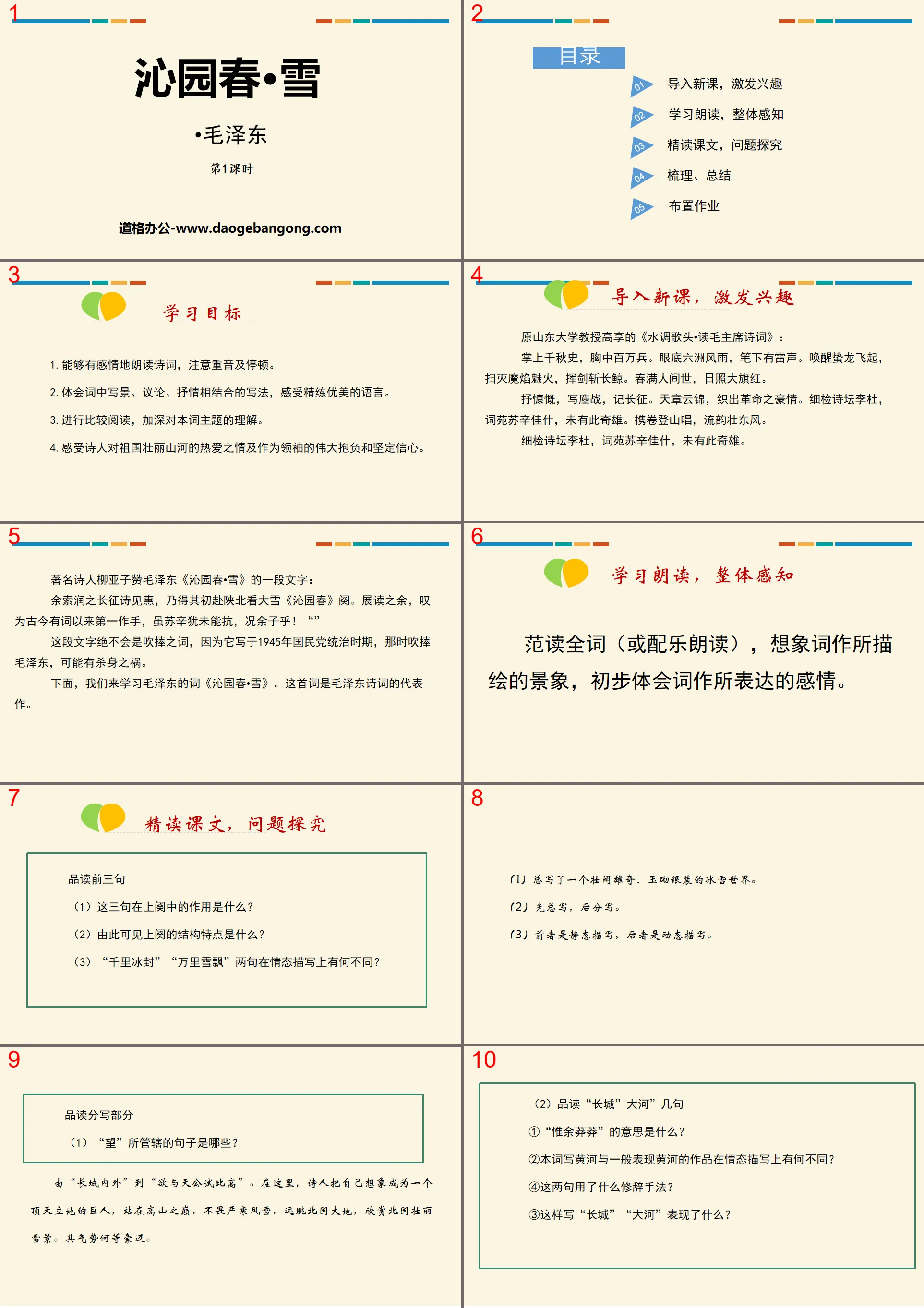The second volume of first-grade Chinese compiled by the People's Education Publishing House
The second volume of fifth-grade Chinese compiled by the People's Education Publishing House
The first volume of Chinese language for eighth grade compiled by the People's Education Publishing House
The first volume of first-grade Chinese compiled by the People's Education Publishing House
The first volume of ninth-grade Chinese compiled by the People's Education Publishing House
The first volume of fourth-grade Chinese compiled by the People's Education Publishing House
The first volume of Chinese language for sixth grade compiled by the People's Education Publishing House
The second volume of Chinese language for eighth grade compiled by the People's Education Publishing House
The first volume of Chinese language for fifth grade compiled by the People's Education Publishing House
The first volume of second-grade Chinese compiled by the People's Education Publishing House
Hunan Education Edition Third Grade Chinese Language Volume 1
The second volume of fourth-grade Chinese compiled by the People's Education Publishing House
The first volume of third-grade Chinese compiled by the People's Education Publishing House
The second volume of second-grade Chinese compiled by the People's Education Publishing House
The second volume of Chinese language for sixth grade compiled by the People's Education Publishing House
The second volume of seventh-grade Chinese compiled by the People's Education Publishing House

| Category | Format | Size |
|---|---|---|
| The first volume of ninth-grade Chinese compiled by the People's Education Publishing House | pptx | 6 MB |
Description
"Qinyuan Spring·Snow" PPT download (Lesson 1)
Part One: Learning Objectives
1. Be able to read poems emotionally, paying attention to stress and pauses.
2. Understand the writing method that combines description of scenery, discussion, and lyricism in poetry, and feel the concise and beautiful language.
3. Conduct comparative reading to deepen your understanding of the topic of this word.
4. Feel the poet's love for the magnificent mountains and rivers of the motherland and his great ambition and firm confidence as a leader.
Qinyuan Chunxue PPT, the second part: introducing new lessons and stimulating interest
"Shui Tiao Ge Tou·Reading Chairman Mao's Poems" by Gao Xiang, former professor of Shandong University:
A thousand years of history in the palm of your hand, millions of soldiers in your chest. The wind and rain of six continents are in my eyes, and there is thunder in my writing. Awaken the Hidden Dragon to fly up, wipe out the demonic flames, and slash the long whale with your sword. Spring fills the world, and the sun shines brightly on the flag.
Express generosity, write about fierce battles, and record the Long March. Tianzhang Yunjin weaves the heroic sentiments of revolution. A careful inspection of Li Du's poetry circle and Su Xinjia's poetry circle shows that there is no such outstanding one. Carrying scrolls on the mountain and singing, the rhythm is strong in the east wind.
A careful inspection of Li Du's poetry circle and Su Xinjia's poetry circle shows that there is no such outstanding one.
The famous poet Liu Yazi praised Mao Zedong's "Qinyuan Spring·Snow":
Yu Suorun benefited from his poems on the Long March, which led to his first visit to northern Shaanxi to see the heavy snowfall, "Qinyuanchun". While reading, I sighed that he was the first writer of Ci in ancient and modern times. Although Su Xin was still unable to resist, let alone Yu Zi! ""
This passage is definitely not a word of flattery, because it was written in 1945 during the Kuomintang rule. At that time, flattering Mao Zedong could lead to death.
Next, let's study Mao Zedong's poem "Qinyuan Spring·Snow". This poem is a representative work of Mao Zedong's poetry.
Qinyuan Chunxue PPT, the third part of the content: intensive reading of the text, question exploration
Read the first three sentences
(1) What is the function of these three sentences in Shangqiu?
(2) From this, what are the structural characteristics of Shangyu?
(3) What are the differences in modal description between the two sentences "thousands of miles of ice" and "thousands of miles of snow"?
(1) He always writes about a majestic and majestic ice and snow world decorated with jade and silver.
(2) Write in total first, and then in separate parts.
(3) The former is a static description, and the latter is a dynamic description.
Reading and writing part
(1) What sentences are governed by "wang"?
From "inside and outside the Great Wall" to "desire to compete with God". Here, the poet imagines himself as a giant standing tall on the top of the mountain, not afraid of the severe cold, wind and snow, overlooking the land of the North, and enjoying the magnificent snow scenery of the North. How heroic it is.
(2) Read a few sentences from "The Great Wall" and "The Great River"
①What does "Weiyu Mangmang" mean?
②What is the difference in modal description between this poem about the Yellow River and the general works about the Yellow River?
④What rhetorical techniques are used in these two sentences?
③What does writing "Great Wall" and "Big River" in this way represent?
① It describes a world of ice and snow with a broad vision and cold power, and also shows the author's broad mind and majestic and broad-minded spirit.
②Dual.
③Only a vast expanse of white remains.
④General works express the dynamics of the Yellow River, such as the sentence "If you don't see it, the water of the Yellow River will come up from the sky and rush to the sea never to return" in Li Bai's "Jinjinjiu". But this poem is about the static state of the Yellow River.
(3) Read a few sentences describing "mountains and plateaus"
①What rhetorical techniques are used in these sentences?
②Why does the author feel that the mountains are dancing like silver snakes and the plateau is like white elephants running?
① Duality, metaphor, personification.
②The poet stood on the top of the mountain and looked far into the distance. He saw the snow-covered mountains winding and stretching into the distance, like a silver snake dancing; the hills on the plateau covered with white clothes looked like white elephants. Running. The former is stretched and graceful, while the latter is galloping and magnificent. Both have unrestrained and lively momentum and appear to be in high spirits. plus
The sentence "I want to compete with God" gives me a feeling of flying high and a vitality of competition.
(4) What are the modal differences between the descriptions of the Great Wall, rivers, mountains, and plateaus in the poem?
The former writes static, while the latter writes dynamic, creating an artistic conception that combines movement and stillness, and creates a coexistence of virtuality and reality.
4. Read the last three sentences of Shangyu.
(1) What does "should" mean?
(2) Thinking: Do these sentences describe the actual scene before you? What rhetorical devices were used?
(1) Wait.
(2) These sentences are based on imagination based on what you see before your eyes, and they are fictitious writing. It uses personification to compare the mountains and rivers of the North under the red sun to a girl wrapped in red.
Qinyuan Chunxue PPT, the fourth part: sorting and summary
1. Summary of rhetorical techniques.
Metaphors, personifications, parallels, etc. can make the description more vivid and enhance the expression effect.
2. Expression method and content summary.
The combination of description and lyricism depicts the magnificent snow scenery of the North and enthusiastically praises the great rivers and mountains of the motherland.
Qinyuan Chunxue PPT, part 5: assignments
1. Recite and write the whole word silently.
2. Prepare for the next lesson with the following questions:
(1) What are the characteristics of Xia Que in terms of expression?
(2) What kind of thoughts and feelings does the poet express?
(3) What rhetorical techniques are used in Xia Que?
Keywords: Free download of Chinese PPT courseware for the first volume of the ninth grade of the People's Education Press version, Qinyuan Chunxue PPT download, .PPT format;
For more information about the "Qinyuan Spring Snow" PPT courseware, please click on the "Qinyuan Spring Snow" PPT tab.
"Qinyuan Spring·Snow" PPT excellent courseware:
"Spring Snow in Qinyuan" PPT Excellent Courseware Part One: Introduction to the Author Mao Zedong, whose courtesy name is Runzhi and whose pen name is Ziren. A native of Xiangtan, Hunan. Poet, great Marxist, proletarian revolutionist, strategist and theorist, member of the Communist Party of China and the Chinese People's Liberation Army..
"Qinyuan Spring·Snow" PPT free download:
"Spring Snow in Qinyuan" PPT free download Part 1: Learning objectives 1. Read the text emotionally and read out the heroic momentum. 2. Taste the language of poetry and improve students’ poetry appreciation ability. 3. Understand the author’s admiration for the mountains and rivers of the motherland, and the proletarian...
"Qinyuan Spring·Snow" PPT download (Lesson 2):
"Spring Snow in Qinyuan" PPT download (Lesson 2) Part One: Learning Objectives 1. Understand the writing method that combines description of scenery, discussion and lyricism, and feel the beautiful language. 2. Compare and read poems about snow scenes to deepen your understanding of the theme of this poem. 3. Take an objective look at the poet’s views on the past dynasties..
File Info
Update Time: 2024-11-23
This template belongs to Chinese courseware The first volume of ninth-grade Chinese compiled by the People's Education Publishing House industry PPT template
"Qinyuan Spring·Snow" PPT download (Lesson 1) Simple campus recruitment activity planning plan summary enterprise and institution recruitment publicity lecture PPT template is a general PPT template for business post competition provided by the manuscript PPT, simple campus recruitment activity planning plan summary enterprise and institution recruitment promotion Lecture PPT template, you can edit and modify the text and pictures in the source file by downloading the source file. If you want more exquisite business PPT templates, you can come to grid resource. Doug resource PPT, massive PPT template slide material download, we only make high-quality PPT templates!
Tips: If you open the template and feel that it is not suitable for all your needs, you can search for related content "Qinyuan Spring·Snow" PPT download (Lesson 1) is enough.
How to use the Windows system template
Directly decompress the file and use it with office or wps
How to use the Mac system template
Directly decompress the file and use it Office or wps can be used
Related reading
For more detailed PPT-related tutorials and font tutorials, you can view: Click to see
How to create a high-quality technological sense PPT? 4 ways to share the bottom of the box
Notice
Do not download in WeChat, Zhihu, QQ, built-in browsers, please use mobile browsers to download! If you are a mobile phone user, please download it on your computer!
1. The manuscript PPT is only for study and reference, please delete it 24 hours after downloading.
2. If the resource involves your legitimate rights and interests, delete it immediately.
3. Contact information: service@daogebangong.com
"Qinyuan Spring·Snow" PPT download (Lesson 1), due to usage restrictions, it is only for personal study and reference use. For commercial use, please go to the relevant official website for authorization.
(Personal non-commercial use refers to the use of this font to complete the display of personal works, including but not limited to the design of personal papers, resumes, etc.)
Preview










